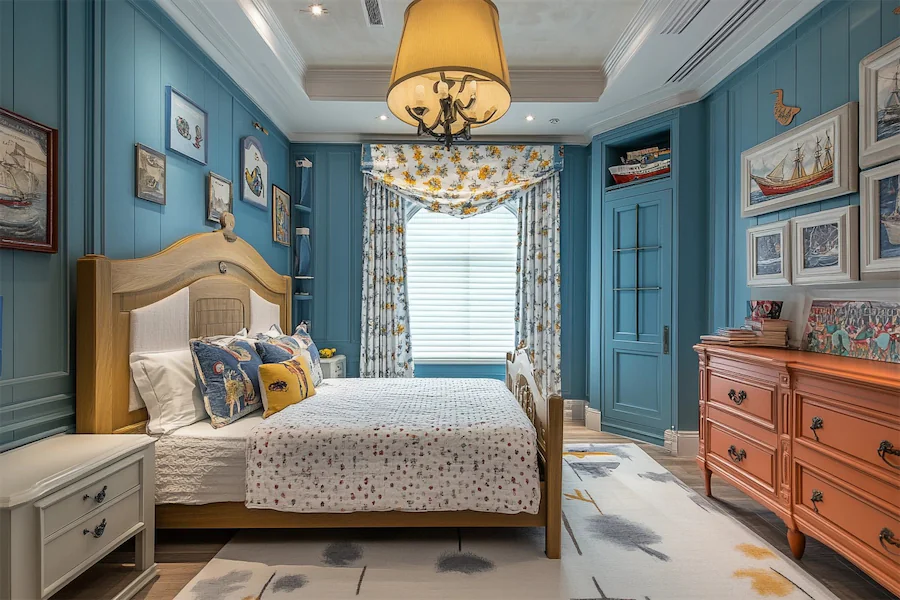Designing a classic kid’s room involves creating a timeless and functional space that grows with your child. By incorporating traditional design elements, quality furnishings, and thoughtful details, you can craft a room that remains stylish and adaptable through the years.
Introduction to Classic Kid’s Rooms
A classic kid’s room emphasizes enduring design principles, focusing on simplicity, elegance, and functionality. This approach ensures the space remains relevant as your child matures, reducing the need for frequent redecorations. Key aspects include neutral color palettes, durable furniture, and minimalistic decor that collectively create a serene and adaptable environment.
History and Origins of Classic Kid’s Room Design
The concept of classic kid’s room design stems from traditional interior design philosophies that prioritize longevity and versatility. Historically, children’s rooms were designed with durable materials and understated aesthetics to withstand the test of time. This approach not only catered to the practical needs of growing children but also aligned with the broader design ethos of creating harmonious and enduring living spaces.
Key Features of Classic Kid’s Rooms
- Neutral Color Palettes: Utilizing soft, muted tones such as whites, beiges, and pastels establishes a calm and versatile backdrop. These colors can be easily complemented with various accent pieces and are less likely to become outdated.
- Quality Furniture: Investing in well-crafted, durable furniture ensures longevity and safety. Pieces like sturdy wooden beds, classic dressers, and bookshelves not only serve functional purposes but also contribute to the room’s timeless appeal.
- Minimalistic Decor: Adopting a ‘less is more’ philosophy helps in creating an uncluttered and spacious environment. Selecting a few meaningful decor items, such as framed artwork or heirloom pieces, adds character without overwhelming the space.
Applications of Classic Kid’s Room Design
Classic design principles can be adapted to suit various themes and preferences:
- Shared Sibling Rooms: A neutral and classic foundation allows for individual personalization within a cohesive overall design, accommodating the tastes of multiple children sharing a space.
- Gender-Neutral Nurseries: Timeless elements like quality wooden cribs and soft color schemes create a welcoming environment suitable for any child, with the flexibility to evolve as they grow.
- Study and Play Areas: Incorporating classic furniture pieces, such as sturdy desks and comfortable chairs, fosters an environment conducive to learning and creativity, while maintaining aesthetic appeal.
Considerations When Designing a Classic Kid’s Room
- Safety: Ensure all furniture meets safety standards, with no sharp edges or hazardous materials. Secure heavy items to walls to prevent tipping.
- Adaptability: Choose furnishings and decor that can transition with your child’s changing needs and preferences, minimizing the need for frequent updates.
- Storage Solutions: Incorporate ample storage options, such as built-in cabinets or multifunctional furniture, to keep the room organized and clutter-free.
Conclusion
Creating a classic kid’s room is about blending timeless design with practical functionality. By focusing on quality materials, neutral palettes, and thoughtful details, you can design a space that not only meets your child’s current needs but also adapts gracefully as they grow, providing a harmonious and enduring environment.
